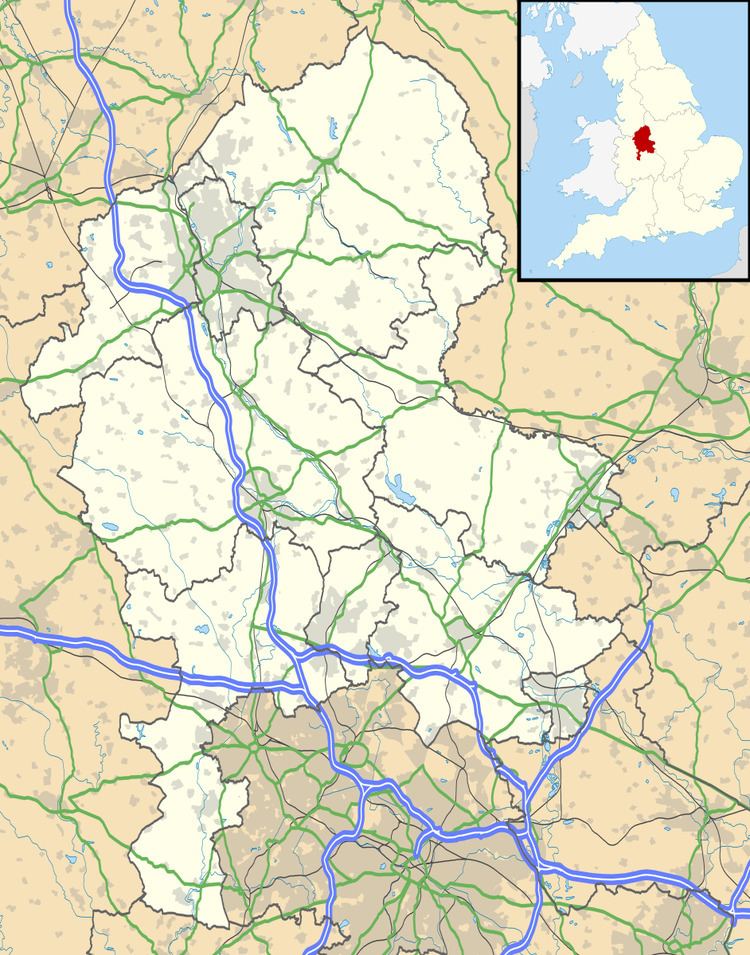Population 4,736 Area 37.77 km² | OS grid reference SJ830208 Sovereign state United Kingdom Local time Wednesday 8:05 PM | |
 | ||
Weather 11°C, Wind S at 10 km/h, 74% Humidity Neighborhoods Broad Heath, Wilbrighton, Cotonwood, Knightley Dale, Beffcote | ||
Gnosall history bank top gnosall staffs england
Gnosall is a village and civil parish in the Borough of Stafford, Staffordshire, England, with a population of 4,736 across 2,048 households (2011 census). It lies on the A518, approximately halfway between the towns of Newport (in Shropshire) and the county town of Staffordshire, Stafford. Gnosall Heath lies immediately south-west of the main village, joined by Station Road and separated by Doley Brook. Other nearby villages include Woodseaves, Knightley, Cowley, Ranton, Church Eaton, Bromstead Heath, Moreton and Haughton.
Contents
- Gnosall history bank top gnosall staffs england
- Map of Gnosall UK
- Gnosall history high street 3 of 4 gnosall staffs england
- History
- Amenities
- Notable residents
- References
Map of Gnosall, UK
Gnosall history high street 3 of 4 gnosall staffs england
History
The village was mentioned in the Domesday Book, in which it was named Geneshale. It is listed there as having a population of 12 households.
The Stafford to Shrewsbury railway line once ran through the village. Gnosall's railway station opened on 1 June 1849 and closed on 6 August 1966. The line was built by the Shropshire Union Railways and Canal Company, which also managed the Shropshire Union Canal which runs through the village. A footpath, the Way for the Millennium, now follows its route.
Landmarks of interest include:
There are also several old, privately owned, buildings such as the building on the High Street that was previously the Duke's Head, a public house. With a thatched roof, and herring-bone brick pattern between faded, unpainted wooden beams, it is generally regarded as one of the most picturesque scenes in the village, certainly on the High Street.
The large primary school was previously Heron Brook High School, but is now St. Lawrence CE (C) Primary School. It was originally designed to look attractive from the railway that passes close by it; however the only people who see its intended front now are walkers, staff and pupils.
Amenities
Gnosall is fairly self-contained in terms of shops and amenities, with its own fire station, supermarket, doctor's surgery, dental practice, two fuel stations, police station, cricket club, take aways, pubs, post office and historic high street.
Many of the village's ancient traditions are still honoured today, notably the carnival, where children dress up in themed costumes, and a parade complete with custom made floats and a brass band that runs to the St Lawrence School field from the Royal Oak, another pub.
A large health centre was completed in 2006 at the opposite end of Gnosall from the old doctor's surgery by the fire station; tribute to the rapid increase in population of recent years.
The village has a community first responder group, a charity consisting of trained local people who provide emergency cover on behalf of West Midlands Ambulance Service in response to 999 calls and administer basic life support, oxygen therapy, defibrillation and first aid whilst an ambulance is en route.
The village's newspaper; "GPN" (Gnosall Parish News), is produced and sold in the village, and serves as a local advertiser of services and events, as well as publishing articles of interest to the local community.
Despite there being controversy over the legality, fishing is popular and fruitful on the canal.
Notable residents
The Rev. Adam Blakeman, the Puritan minister who founded the early American town of Stratford, Connecticut, was born in Gnosall in 1596.
